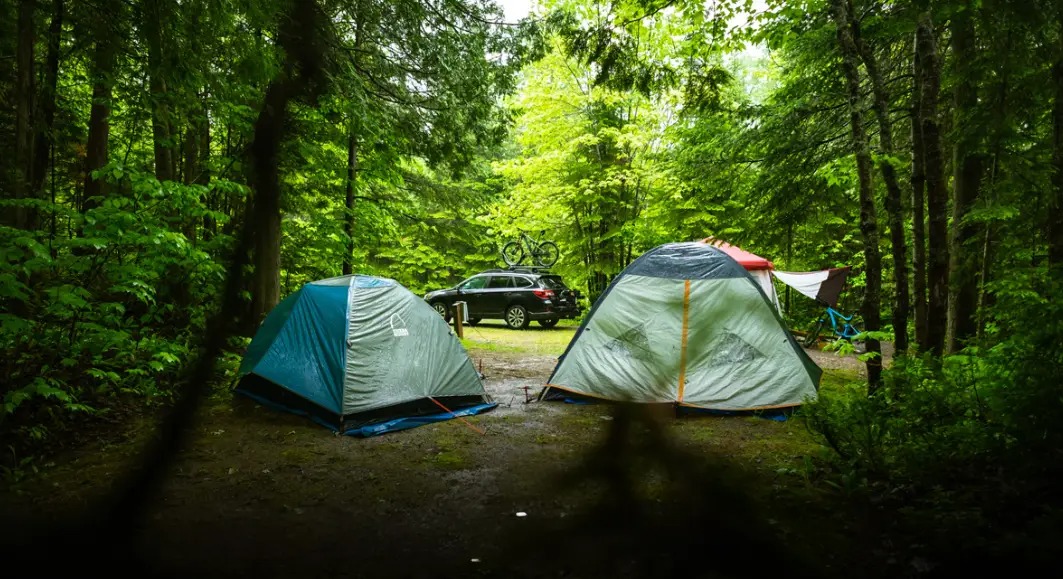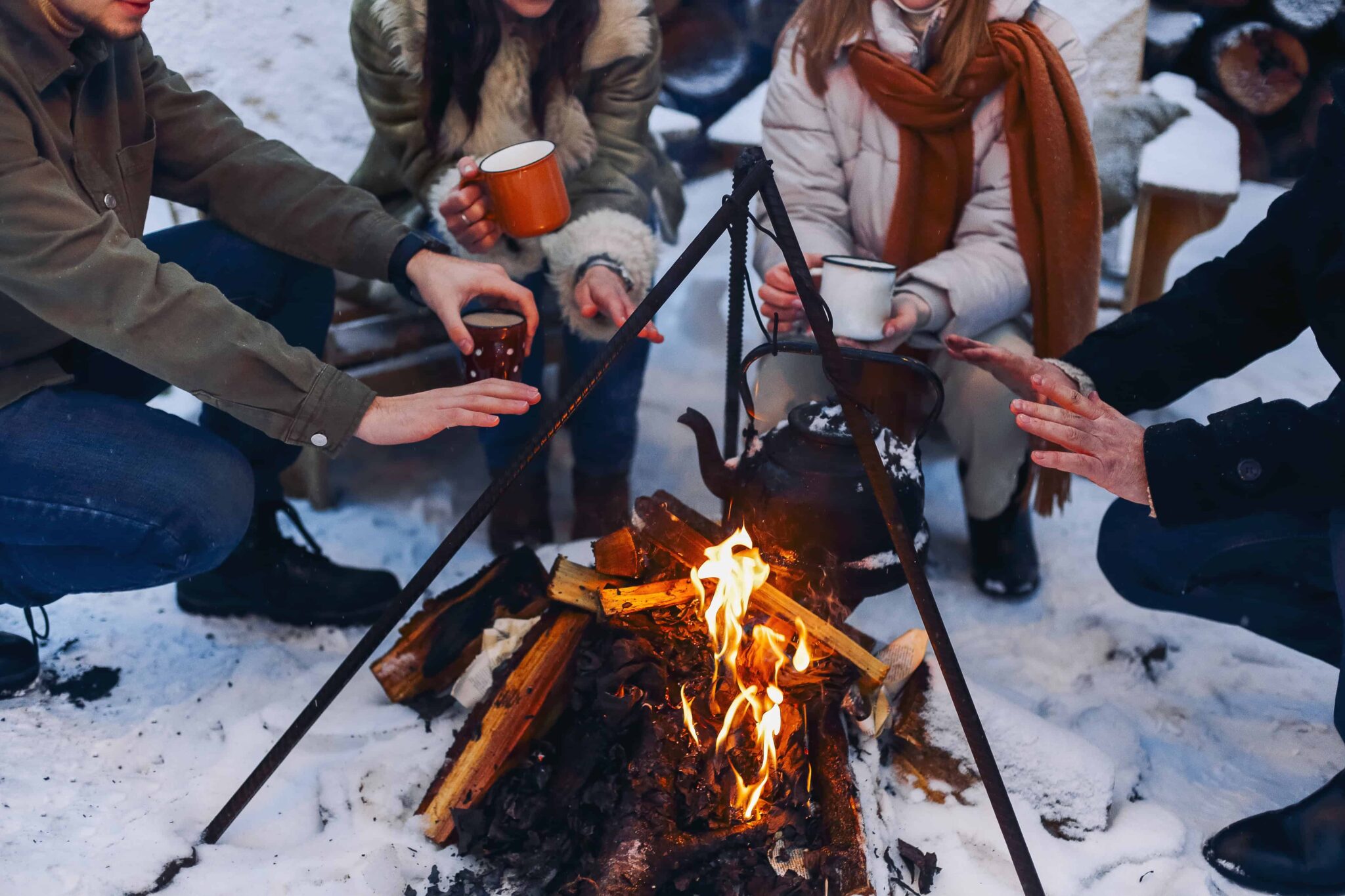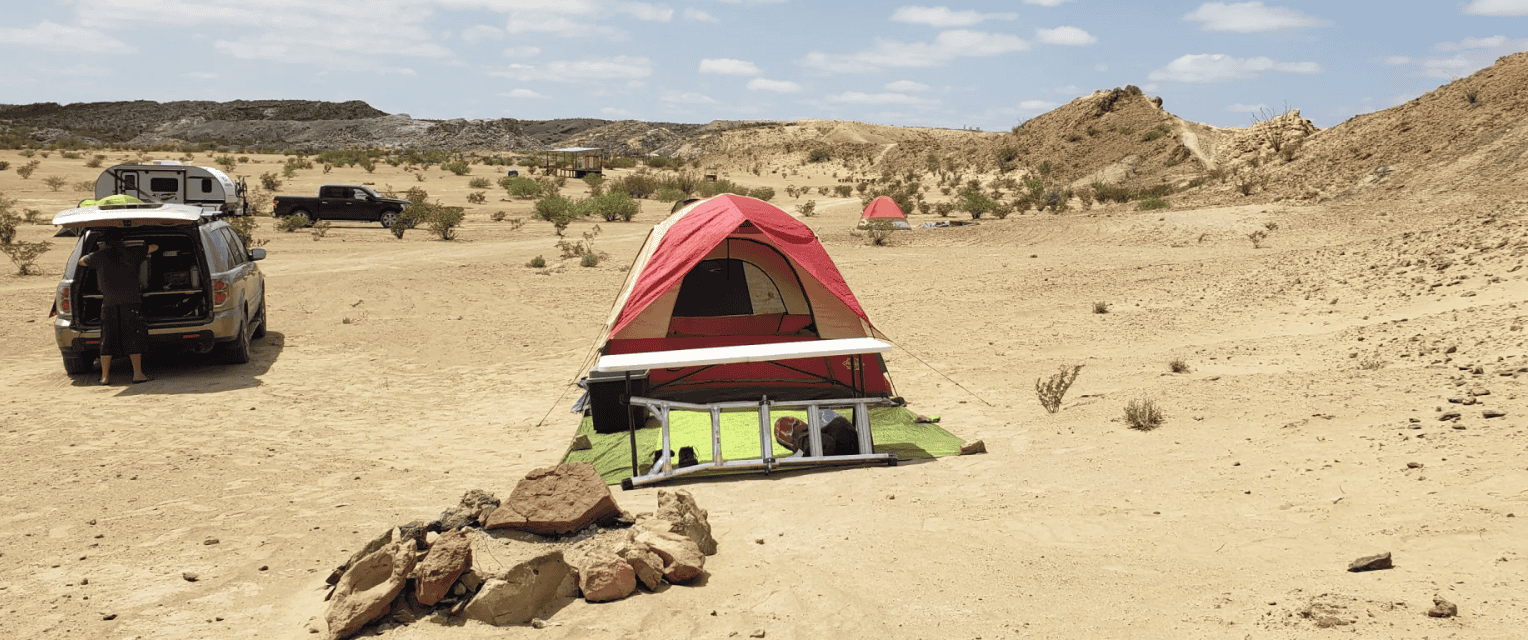Camping offers a unique opportunity to connect with nature and escape the daily grind. However, choosing a campsite is crucial to ensure safety, comfort, and an enjoyable experience. This guide provides essential tips to help you select a campsite that meets your needs and enhances your outdoor adventure.
Benefits of Choosing the Right Campsite
Picking the right campsite enhances your outdoor experience in numerous ways:
- Safety: Protects you from environmental hazards, such as flooding, falling debris, or wildlife disturbances.
- Comfort: Ensures that you have a comfortable place to rest, away from sharp rocks or soggy ground.
- Convenience: Being close to resources like water sources, fire pits, and hiking trails can make your stay easier and more enjoyable.
Let’s explore how to choose a campsite that meets these criteria.
Factors to Consider When Choosing a Campsite
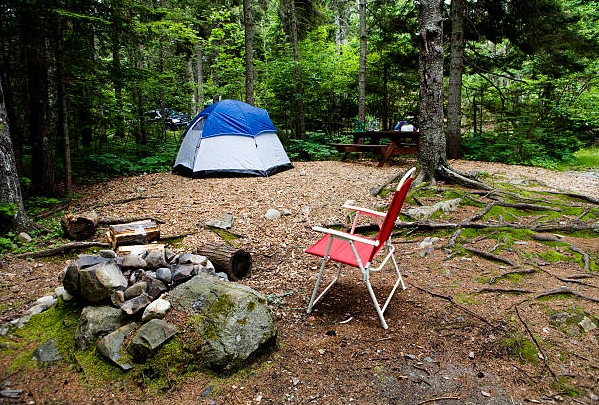
1. Location and Accessibility
Choosing a good location is the foundation of a successful camping trip.
Proximity to Water: While having easy access to water is ideal, it’s best to camp at least 200 feet away to avoid contaminating natural water sources and to keep wildlife safe. For many campers, access to water means easier cooking and cleaning, but too-close proximity can increase the risk of attracting animals, especially at night.
Terrain: Always look for flat, dry ground to set up your tent. Avoid rocky or uneven ground to ensure comfortable sleeping and stable shelter placement. Setting up on a slight incline, with your head uphill, can also help prevent water from pooling during unexpected rainfall.
Elevation: Higher ground can prevent you from waking up in a puddle if it rains. Low-lying areas collect water and can become soggy quickly, which could ruin your trip.
2. Environmental Considerations
The environment around your campsite plays a major role in comfort and safety.
Weather: Check the forecast before you leave, and consider choosing a site with natural windbreaks like trees, rocks, or ridges. This will protect you from harsh weather conditions and help regulate temperature around your tent. In cold weather, avoid valleys where cold air settles and opt for spots with some sunlight exposure during the day.
Vegetation and Tree Cover: Trees offer shade during hot days and can help protect against wind. However, it’s crucial to inspect trees for dead branches, which could pose a hazard if they fall. Avoid setting up directly under dead trees or near heavily vegetated areas that might harbor insects or snakes.
Wildlife Awareness: Familiarize yourself with the types of wildlife common to the area. In areas with large predators like bears, take precautions by storing food securely away from the campsite in bear-proof containers. In general, keep food, trash, and scented items like toiletries locked away to avoid attracting animals.
3. Amenities and Facilities

If you’re camping in a developed campground, take advantage of facilities provided:
Restrooms and Showers: Having access to restrooms and, in some campsites, showers, can make a big difference in comfort, especially for beginner campers. Look for sites that offer clean restroom facilities if you’re staying in a family-friendly or well-established campsite.
Fire Pits and Cooking Areas: Many campgrounds provide designated fire pits, which are not only convenient but safer for cooking and warmth. Always follow fire regulations, especially during dry seasons when open flames might be restricted. Some sites may also have grill setups, so check beforehand.
Picnic Tables and Trash Disposal: Many developed campsites provide picnic tables, which can be helpful for meal prep, dining, and socializing. Trash disposal areas also help you keep your campsite clean and ensure a minimal environmental footprint.
4. Regulations and Permits
Camping regulations vary depending on the area, so it’s essential to research and follow any specific rules:
Permits: Some campgrounds and backcountry camping areas require permits. Permits ensure you’re in compliance with local conservation efforts and help limit the number of people in certain areas to preserve the environment. Always check with local authorities or the campground management.
Fire Regulations: Fire safety is a significant concern, especially in dry or wildfire-prone areas. Familiarize yourself with the rules on open fires in the area and use only designated fire rings or grills. Many areas may enforce fire bans during dry seasons, so be prepared with alternative cooking methods.
5. Privacy and Space
For many campers, privacy is key to a peaceful camping experience.
Distance from Other Campsites: If you’re camping in a developed area, try to select a site that gives you some distance from neighboring campers. This can improve your sense of solitude and help reduce noise.
Natural Barriers: Look for natural features like shrubs, rocks, or trees that can serve as visual and noise barriers. This adds to the feeling of privacy and helps block winds and unwanted sights.
Tips for First-Time Campers
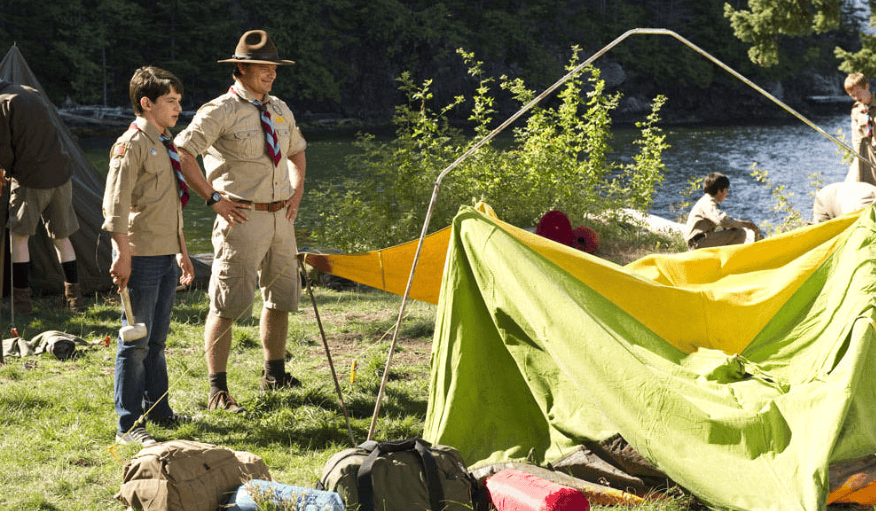
Starting as a beginner camper can feel overwhelming, but a few tips can help ensure a smoother experience:
Test Your Gear at Home: Before heading out, practice setting up your tent, starting your camp stove, and organizing your gear. This will give you confidence in handling equipment and prevent any surprises when you’re out in the wild.
Pack Only the Essentials: While it might be tempting to bring everything, focus on the essentials. Overpacking can lead to a cluttered site and extra weight, which can be a hassle to manage.
Leave No Trace: Follow Leave No Trace principles by cleaning up after yourself, disposing of waste properly, and avoiding damage to the environment. This helps preserve natural spaces for others and supports local ecosystems.
Common Mistakes to Avoid
Knowing common mistakes campers make can help you avoid pitfalls and enhance your experience:
Arriving Late: Arrive at your campsite while there’s still plenty of daylight. This gives you time to set up, scout the area, and address any unexpected issues. Setting up in the dark is difficult and can lead to mistakes.
Ignoring the Weather Forecast: Checking the weather forecast before your trip is essential. Severe weather can change your plans and even make your trip unsafe. Be prepared for unexpected weather changes, and bring suitable gear like rain tarps or windproof jackets.
Overpacking or Underpacking: Both overpacking and underpacking can lead to issues. Bring what you need but avoid unnecessary items. It’s a balance between being prepared and keeping things manageable.
Advanced Tips for Finding the Best Campsites
If you’re ready to elevate your camping skills, consider these advanced tips:
Use a Map and Compass: If you’re camping in a remote area or off-trail, being able to read a map and use a compass is invaluable. This helps you explore new areas confidently and can be essential if you need to find your way back.
Scout for Scenic Views: Arriving early or exploring during daylight lets you pick the best views. Camping near overlooks, ridgelines, or lakes can enhance your experience.
Avoid High-Traffic Areas: If you’re seeking solitude, avoid popular sites or holidays when campgrounds are busier. Opt for weekdays or explore lesser-known areas for a more peaceful experience.
Conclusion
Choosing the right campsite is a cornerstone of an enjoyable camping experience. By considering factors such as location, environmental conditions, amenities, and regulations, you can select a spot that enhances your trip.
For beginners, preparation and awareness are the best tools for a successful camping adventure. Whether you’re a first-timer or a seasoned camper, taking the time to find the ideal campsite makes all the difference in the quality of your outdoor experience.
Happy camping, and remember to leave nature as you found it!

